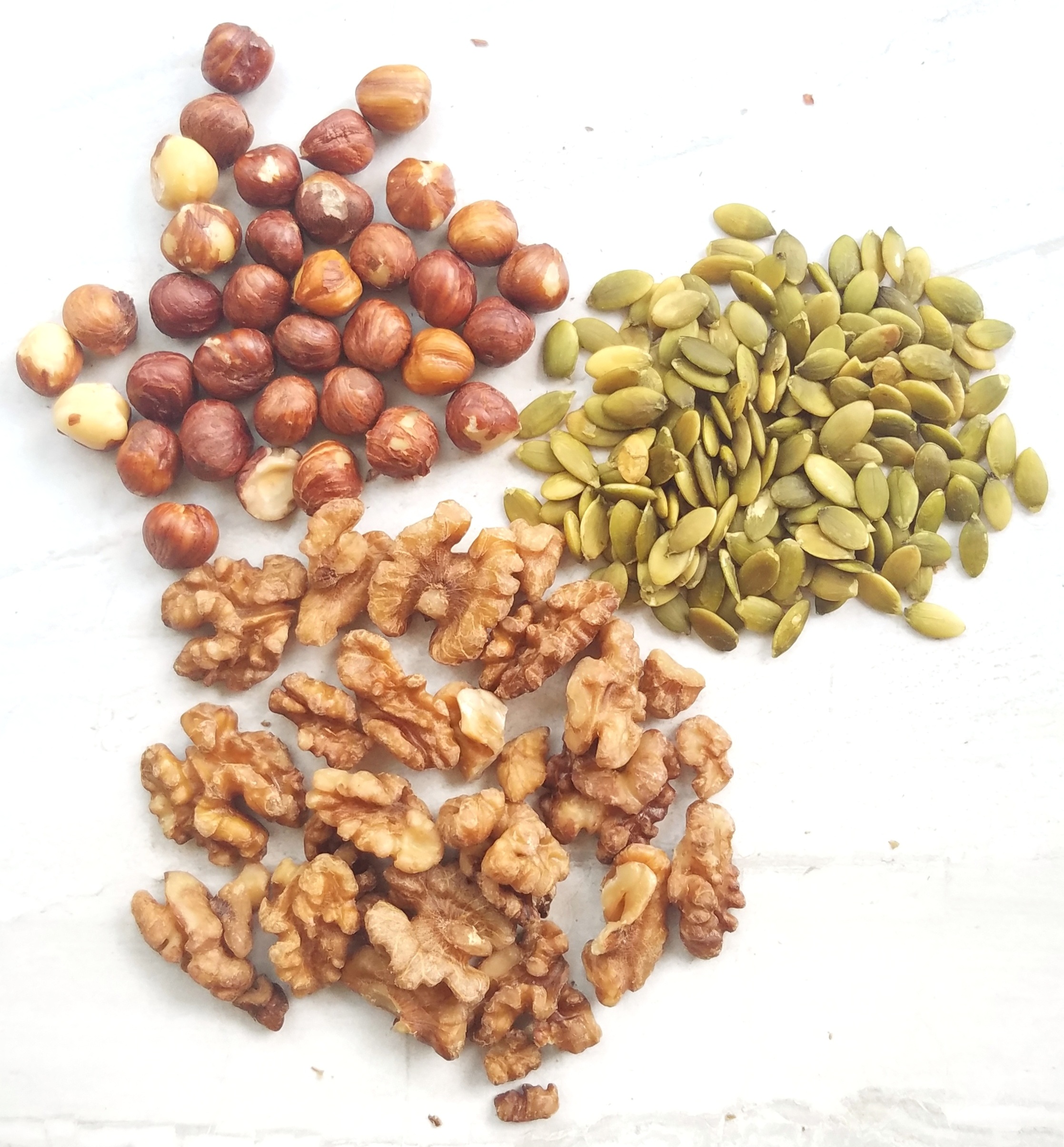Soaking & Sprouting : Have You Tried It?
Did you know that nuts and seeds were traditionally always soaked and/or sprouted before consuming?
That’s because our ancestors knew that soaking and sprouting increased the nutrition and digestibility. Nuts and seeds are the lifeforce of a plant. It’s how they reproduce and survive. Because of that, they have a protective outer layer that contains phytic acid. Phytic acid not only makes them harder to digest, but it acts as an anti-nutrient that binds with important minerals in the gut and blocks their absorption…which can lead to deficiencies.
Soaking breaks down the phytic acid and allows the nutrients to be accessed and digested properly. It also releases natural enzymes that help with digestion.
When transitioning to a more nutrient-dense, whole foods diet, consumption of nuts and seeds usually increases dramatically, but people often notice that they sit heavy in the stomach. I recommend that clients consume soaked and sprouted nuts and seeds as often as possible. You can buy them this way (which is what I usually try to do), or you can make your own!
I’m embarrassed to say that it took me a long time to give DIY a try. It sounds intimidating, but it’s really so easy.
Make sure you buy raw nuts or seeds from a good source (most are actually pasteurized, even though they say “raw” on the package). Cover them with water and roughly a teaspoon of salt overnight. Rinse, then lay flat on a baking sheet and dehydrate in the oven all day (usually 12 hours will do it) at the lowest setting on your oven (mine is 170 degrees).
Even better than just soaking, is the extra step of sprouting. This basically takes a nut/seed and transforms it into a plant as it starts to release the nutrients and enzymes needed for new life! You can buy a sprouting screen that attaches to the top of a mason jar. After soaking the nuts, rinse, put the screen on a mason jar, pour off the water, and store inverted for 24-48 hours, rinsing every 4-6 hours (optimally). They’re ready when you start to see some baby sprouts at the ends. You can then dehydrate or use for nut milks, etc.
Not only will your nuts and seeds be more nutritious, but they will be crunchier and tastier.
The soaking gets rid of that bitter taste nuts sometimes have. And of course, more nutrient-density means your body will thank you!
All of this also applies to legumes (beans) and grains, which were also always soaked and/or sprouted before consuming.
They also contain phytic acid and a slew of anti-nutrients like lectins and saponins. They tend to be very difficult to digest…hence the bloating, indigestion and gas that often comes along with them. I often recommend removing these during therapeutic, healing diets to let the gut rest and recover. Anti-nutrients, like lectin, can be quite inflammatory and impact the health of the gut lining if not properly prepared. If and when they can be reintroduced, I recommend soaking and/or sprouting, which releases the nutrients and enzymes, makes them much more digestible, and breaks down any anti-nutrients getting in the way.
Have you tried soaking and sprouting?
**For the ultimate resource on soaking and sprouting (and other ways to traditionally prepare foods in the most nutrient-dense way possible), check out Nourishing Traditions by Sally Fallon.
